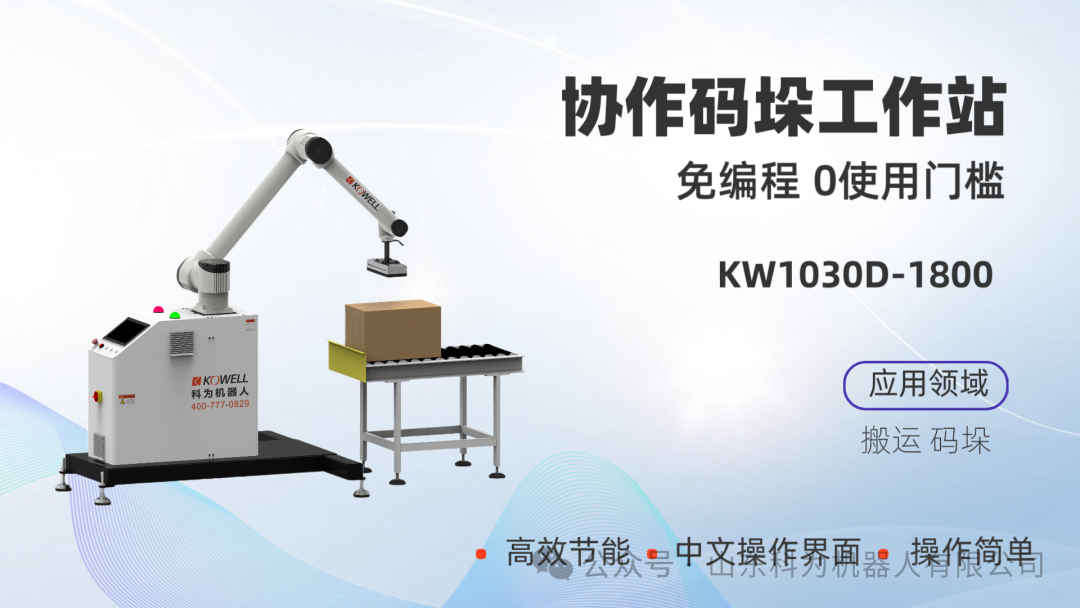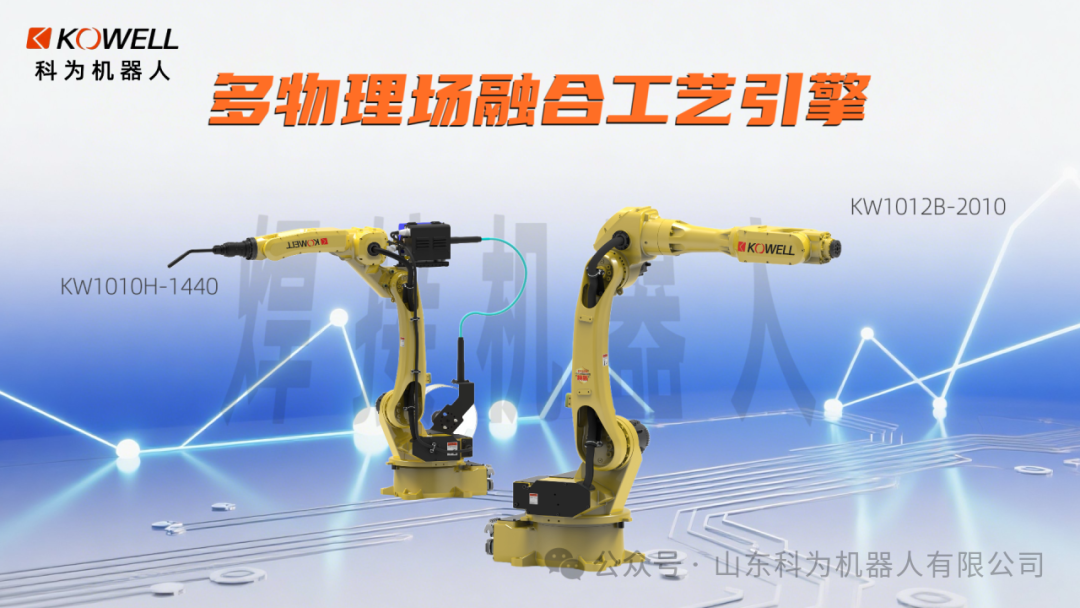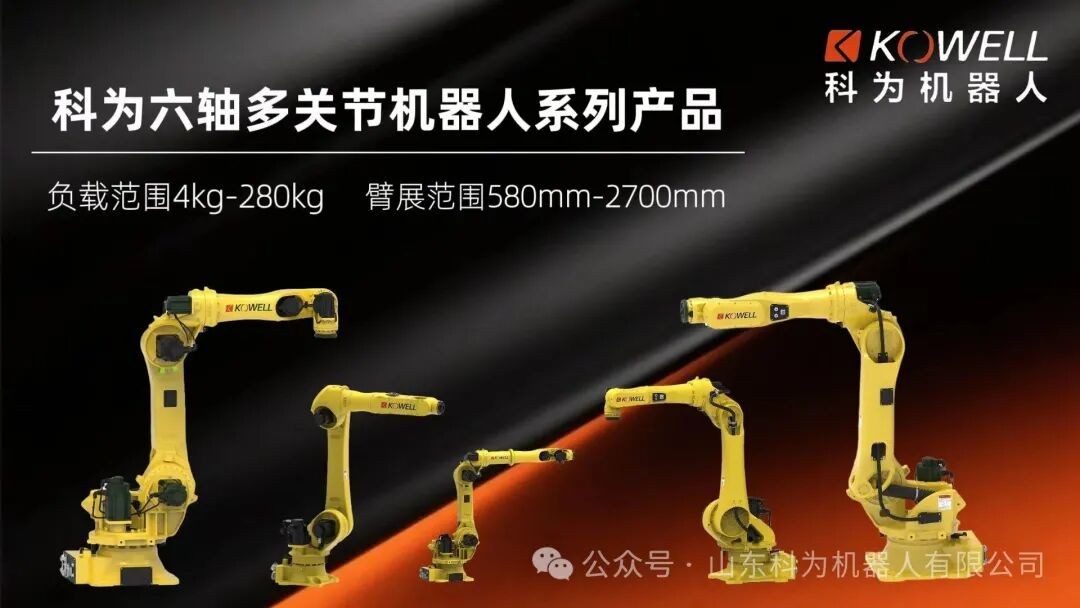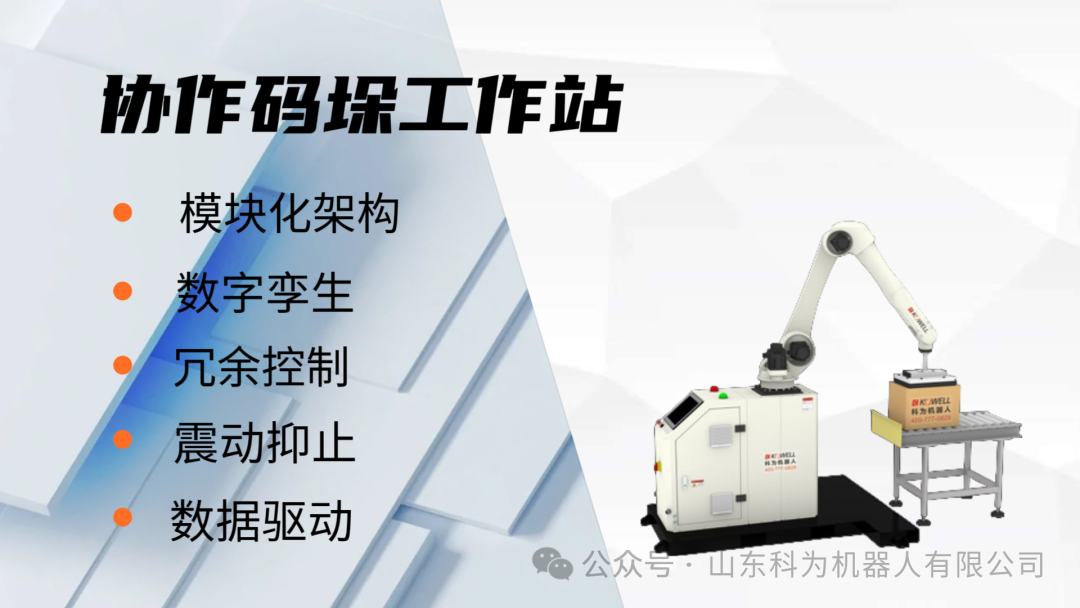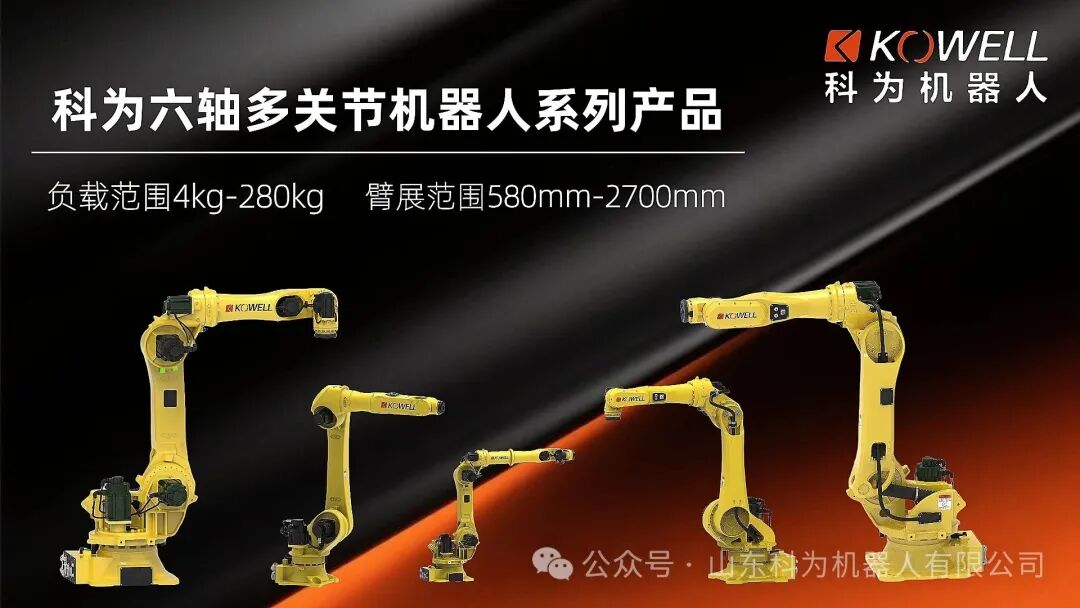Amid the current transformation of the manufacturing industry, the collaborative trend toward industrial handling equipment is becoming a significant phenomenon. This redefinition of manufacturing boundaries no longer relies solely on traditional human division of labor and fixed processes, but is driven by the interaction, connection, and collaboration between equipment. This change involves more than just updating a single process; it involves a restructuring of the manufacturing system structure.
From Standalone Execution to System Collaboration
For a long time, handling operations in manufacturing were primarily handled by standalone equipment. These machines functioned as isolated nodes on the shop floor, performing basic tasks such as transferring materials and connecting processes. However, with the expansion of industrial handling equipment's capabilities, they are no longer content with single-point operations but are increasingly embedded throughout the entire production chain, forming systemic collaboration across workstations and links. This trend is loosening manufacturing boundaries, redrawing the once clear division of labor between humans and machines, and reshaping the connectivity between processes at a deeper level.
The Value of "Process-Oriented" Industrial Handling Equipment
Previously, equipment primarily focused on efficiency, but today, industrial handling equipment increasingly plays a role in process organization. They can flexibly dispatch across multiple production lines, optimizing the sequence of process handovers and thus driving the overall operation of the manufacturing system. Such equipment is no longer simply an execution tool, but rather an "implicit scheduler" of the manufacturing process. The gradual redefinition of manufacturing boundaries is achieved through these implicit forces.
The Extension and Redistribution of Manufacturing Boundaries
Traditionally, manufacturing boundaries are typically confined to a specific process or production line, with clear divisions of responsibility between workers and equipment. However, when industrial handling equipment possesses the ability to collaborate across regions and work sections, these boundaries break down, leading to new redistributions. For example, a single piece of equipment can simultaneously serve multiple production units, forming dynamic links between different links. This change not only alters the allocation of production factors but also forces companies to rethink resource allocation and production organization.
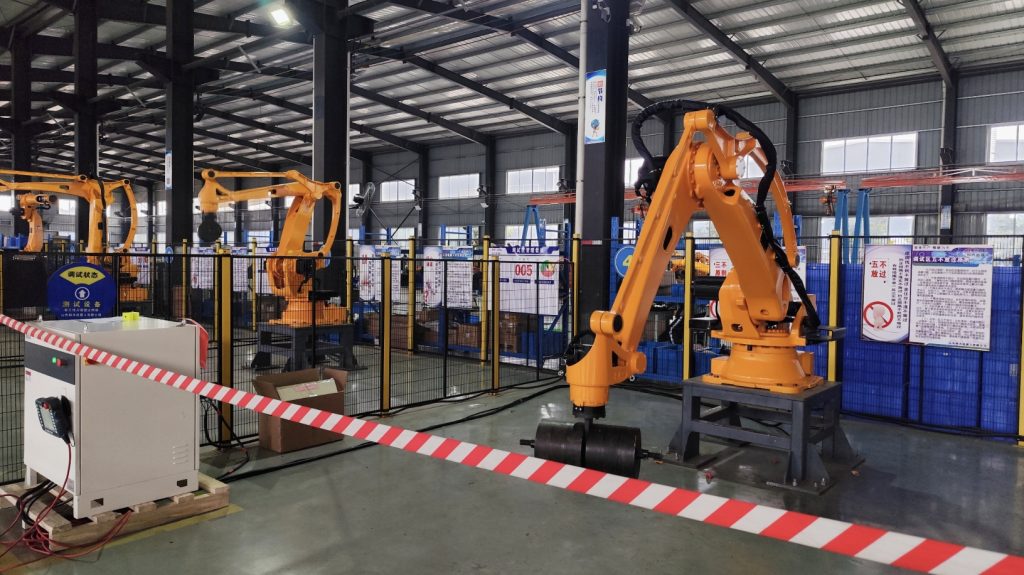
The Repositioning of the Relationship between Workers and Equipment
This redefinition of boundaries affects not only the process itself but also the relationship between workers and equipment. As industrial handling equipment enters the collaborative stage, workers shift from being "direct executors" to "supervisors and coordinators." This means that human resources are no longer limited to repetitive manual labor but are increasingly involved in system monitoring, process optimization, and quality control. As a result, manufacturing boundaries have become more flexible, integrating both self-coordination among equipment and strategic human involvement.
The Strategic Significance of Industrial Handling Equipment
From a short-term perspective, the application of industrial handling equipment appears to be aimed at replacing labor and reducing costs. However, from a longer-term perspective, its collaborative nature is becoming a strategic variable driving the transformation of manufacturing models. Through the coordination of equipment, companies can build flexible chains across multiple links, making manufacturing boundaries more open and malleable. This capability not only improves production stability but also lays the foundation for future manufacturing demands for diverse categories, small batches, and rapid changeovers.
Reinvention of Manufacturing Systems and Future Outlook
The redrawing of manufacturing boundaries is not a one-time change but an ongoing process. Industrial handling equipment, as a key node, will play an increasingly important role in the future. From the workshop to the factory floor, and from the factory floor to the supply chain, they will become a vital force driving the expansion of boundaries. It is foreseeable that as the collaborative model between equipment matures, manufacturing systems will exhibit more layered and networked characteristics. Boundaries will no longer be demarcated lines but adjustable and extensible interfaces.
Conclusion
The redefinition of manufacturing boundaries isn't a simple substitution of tradition and modernity, but rather a systematic redistribution brought about by industrial handling equipment. Their collaboration is driving the continuous reshaping of manufacturing processes, blurring the boundaries between processes and shifting the roles of workers and equipment. In the future manufacturing landscape, industrial handling equipment will not only be the execution unit of the production line but also the driving force behind the evolution of boundaries. They represent not only an adjustment to production methods but also a rewriting of the very logic of manufacturing.

Kewei Wishes You a Merry Christmas!
2025-12-25
Online Consultation
Hello, the current customer service is offline. You can leave your contact information and the staff will respond to you as soon as possible!


